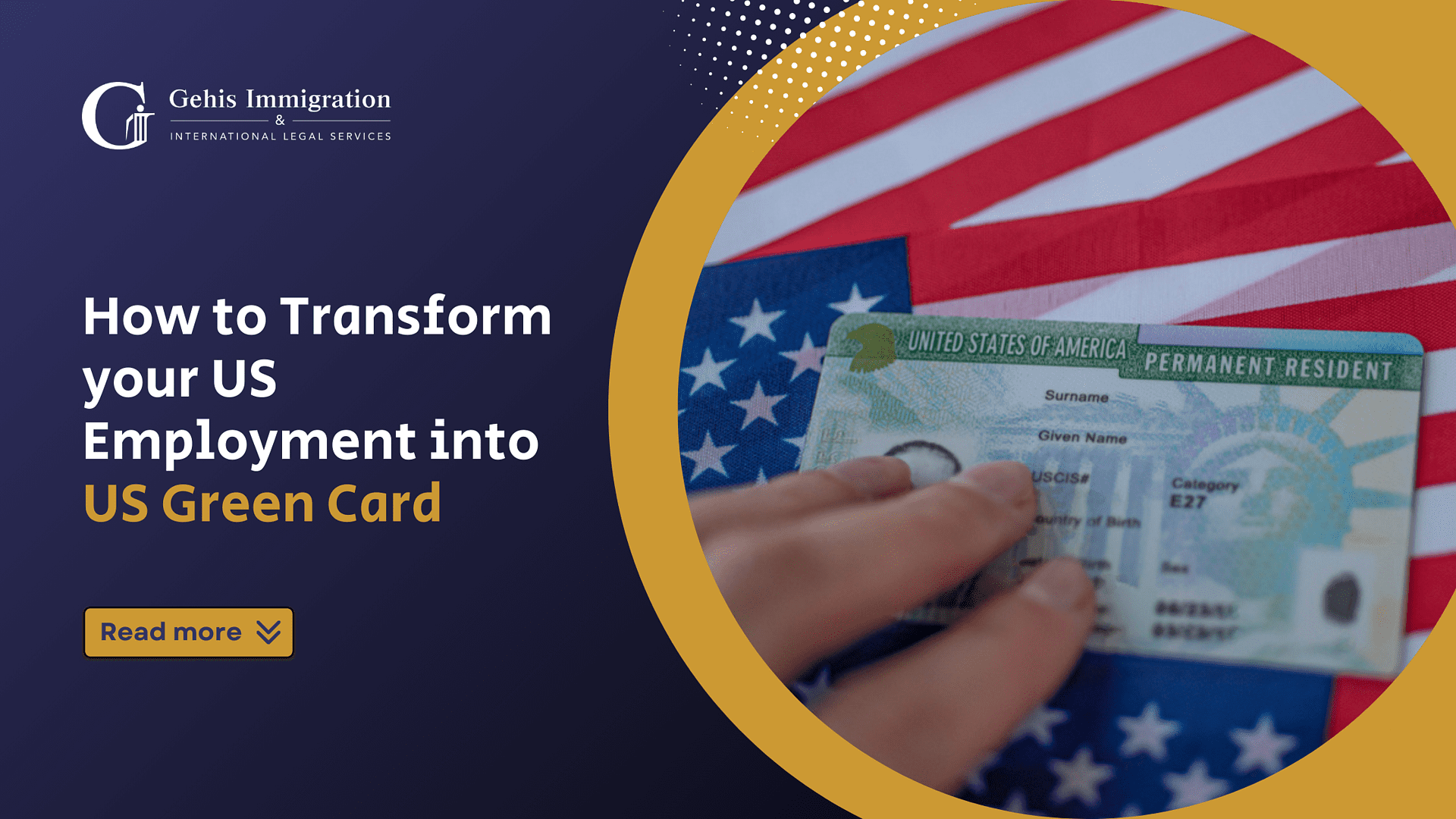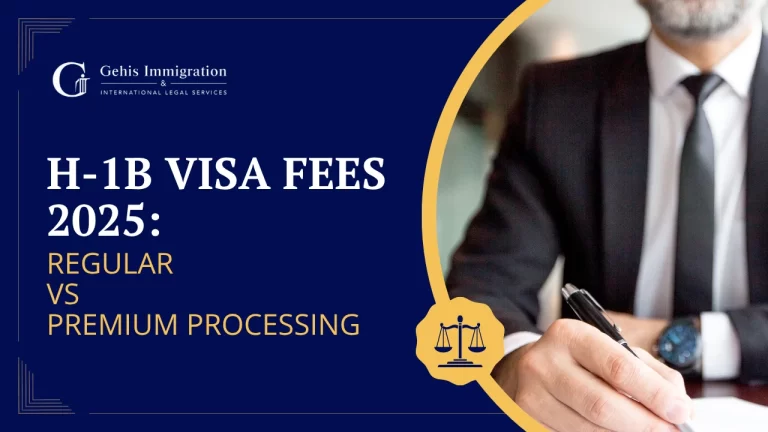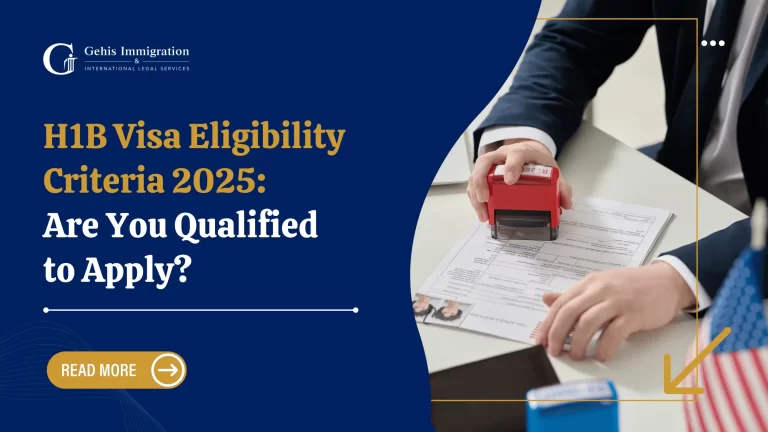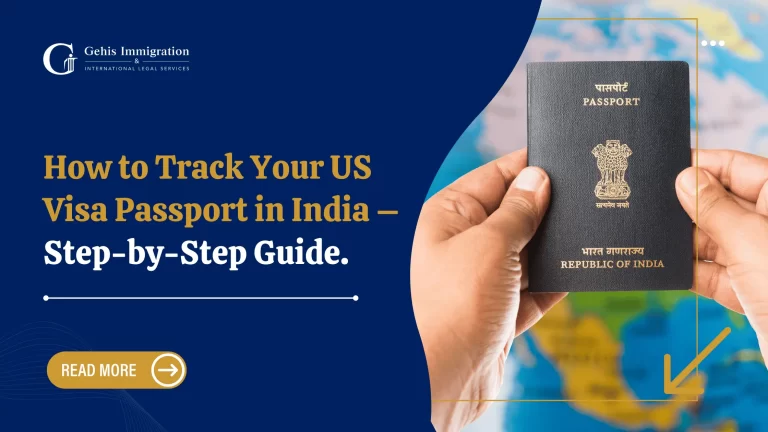Transform Your US Employment into a US Green Card
A US Green Card, officially a Permanent Resident Card, is a highly sought-after document for many foreign nationals. It grants the holder the legal right to live and work permanently in the United States. Beyond just employment rights, Green Card holders can enjoy numerous benefits, including the ability to sponsor family members for their own Green Cards, eligibility for federal benefits, and the opportunity to apply for US citizenship after meeting certain residency requirements. Holding a Green Card opens doors to a stable and secure life in the United States, offering a pathway to the American Dream.
Obtaining a Green Card through employment is one of the most common pathways for immigrants seeking permanent residency in the US. This process is designed to allow US employers to hire foreign nationals for positions that cannot be filled by American workers.
The employment-based Green Card process involves several steps and requires coordination between the foreign national and their prospective employer. It’s categorised into different preference categories based on the applicant’s skills, qualifications, and job roles.
This process can be complex, involving labour certifications, various forms, and adherence to strict immigration laws. This article aims to solve the employment-based Green Card process, providing a clear and detailed guide to transforming your US employment into a US Green Card.
Understanding Employment-Based Green Cards
Employment-based Green Cards allow foreign nationals who have secured employment with a US employer to obtain permanent residency in the United States. Employment-based Green Cards attract skilled workers, professionals, and valuable employees who contribute to the US economy.
The process involves several steps, including obtaining a labour certification, filing immigrant petitions, and sometimes going through consular processing. Employment-based Green Cards are classified by skills, qualifications, and job roles, offering diverse workers a route to permanent residency.
Categories of Employment-Based Green Cards
Employment-based Green Cards are categorized into several preferences for different types of workers:
EB-1: Priority Workers
EB-1A: Individuals with extraordinary abilities in the sciences, arts, education, business, or athletics.
EB-1B: Outstanding professors and researchers with a minimum of three years of experience in teaching or research.
EB-1C: Multinational executives and managers who have been employed by a related company abroad for at least one year within the past three years.
EB-2: Professionals with Advanced Degrees or Exceptional Ability
EB-2A: Professionals holding advanced degrees (master’s or higher) or a bachelor’s degree plus five years of progressive experience in the field.
EB-2B: Individuals with exceptional ability in the sciences, arts, or business.
EB-2C: National Interest Waiver (NIW) for those whose work is deemed to be in the national interest of the United States.
EB-3: Skilled Workers, Professionals, and Other Workers
EB-3A: Skilled workers with at least two years of job experience or training.
EB-3B: Professionals with a bachelor’s degree.
EB-3C: Other workers performing unskilled labour that is not temporary or seasonal.
EB-4: Special Immigrants
Religious workers, certain long-term US government employees abroad, and other special categories.
EB-5: Immigrant Investors
Individuals who invest a significant amount of capital in a new commercial enterprise in the US that creates jobs for American workers.
Differences Between Categories.
The primary differences between these categories lie in the qualifications and job roles required for each:
EB-1 categories are for top-tier candidates with extraordinary abilities, outstanding academic achievements, or executive roles in multinational companies. These applicants typically do not require a labour certification.
EB-2 categories are for professionals with advanced degrees or exceptional abilities. The EB-2 NIW allows applicants to self-petition if they can demonstrate that their work benefits the national interest, bypassing the labour certification process.
EB-3 categories are for skilled workers, professionals with bachelor’s degrees, and other workers. These applicants generally require a labour certification to prove that no qualified US workers are available for the position.
EB-4 and EB-5 categories are for special immigrants and investors, respectively, with unique qualifications and investment criteria.
Each category has specific requirements and benefits, and choosing the right one depends on the individual’s qualifications, job role, and career goals. Understanding these differences is important for applicants and employers to effectively manage the Green Card process.
Eligibility Criteria
General Requirements for Employment-Based Green Cards
To qualify for an employment-based Green Card, applicants must meet several general requirements that apply across different categories:
Job Offer from a U.S. Employer.
Most employment-based Green Card categories require a valid job offer from a U.S. employer willing to sponsor the applicant. The employer must commit to hiring the applicant once the applicant obtains their Green Card.
Labor Certification (PERM).
For many categories, the employer must obtain a labour certification from the U.S. Department of Labor (DOL). This process, known as PERM, certifies that there are no qualified U.S. workers available for the position and that hiring a foreign worker will not adversely affect American workers’ wages and working conditions.
Filing of Immigrant Petition.
The employer (or in some cases, the applicant themselves) must file an immigrant petition with the U.S. Citizenship and Immigration Services (USCIS) on behalf of the applicant. This petition must include documentation proving the applicant’s eligibility for the specific Green Card category.
Adjustment of Status or Consular Processing.
The applicant must either adjust their status to permanent resident if they are already in the U.S. or go through consular processing at a U.S. embassy or consulate abroad if they are outside the U.S.
Job Offer from a U.S. Employer
Requirement: A bona fide job offer from a U.S. employer is required. The employer must demonstrate the ability to pay the offered wage and provide a position that aligns with the Green Card category requirements.
Labor Certification (PERM)
Purpose: The PERM process ensures that hiring a foreign worker will not negatively impact the U.S. labour market.
Process
Recruitment: The employer must conduct a thorough recruitment process, including advertising the job and interviewing qualified U.S. workers.
Approval: The employer can file the immigrant petition once the PERM application is approved.
Specific Criteria for Each Green Card Category
EB-1: Priority Workers
EB-1A (Extraordinary Ability): Applicants must demonstrate sustained national or international acclaim in their field. No job offer or labour certification is required.
EB-1B (Outstanding Professors and Researchers): Applicants must have at least three years of experience in teaching or research and international recognition in their academic field. Requires a job offer but no labour certification.
EB-1C requires at least 1 year managing or directing a related foreign company before applying. Requires a job offer but no labour certification.
EB-2: Professionals with Advanced Degrees or Exceptional Ability
EB-2A (Advanced Degree Professionals): Requires a job offer and a labour certification. Applicants must hold an advanced or bachelor’s degree plus five years of progressive experience.
EB-2B (Exceptional Ability): Requires a job offer and a labour certification. Applicants must demonstrate exceptional ability in the sciences, arts, or business.
EB-2C (National Interest Waiver): No job offer or labour certification required. Applicants must show that their work benefits the national interest of the U.S.
EB-3: Skilled Workers, Professionals, and Other Workers
EB-3A (Skilled Workers): Requires a job offer and a labour certification. Applicants must have at least two years of job experience or training.
EB-3B (Professionals): Requires a job offer and a labour certification. Applicants must hold at least a bachelor’s degree.
EB-3C (Other Workers): Requires a job offer and a labour certification. Applicants perform unskilled labour that is not temporary or seasonal.
EB-4: Special Immigrants
This includes various categories, such as religious workers, certain long-term employees of the U.S. government abroad, and other special categories. Requirements vary based on the specific subcategory.
EB-5: Immigrant Investors
Applicants must invest a minimum amount of capital ($1.8 million, or $900,000 in targeted employment areas) in a new commercial enterprise that creates at least 10 full-time jobs for U.S. workers. No job offer or labour certification is required.
Understanding the specific requirements for each category is important for determining the best path to obtain an employment-based Green Card. Applicants and employers should carefully review these requirements and seek professional guidance to ensure a successful application process.
Steps For Getting Employment-Based Green Cards
Labor Certification (PERM)
The Program Electronic Review Management (PERM) process is the first major step for most employment-based Green Card applications, designed to protect U.S. workers by ensuring that there are no qualified U.S. workers available for the job position and that hiring a foreign worker will not negatively impact the wages and working conditions of American workers.
The employer must conduct a thorough recruitment process to test the U.S. labour market, which involves advertising the job in multiple venues, including two Sunday ads in a major newspaper in the area of intended employment, a job order with the state workforce agency, and at least three additional recruitment methods such as online job postings, job fairs, or trade journals. The job requirements must align with what is customarily required for the occupation in the U.S. and should not be for the foreign worker’s specific qualifications.
The employer must document all recruitment efforts, including job advertisements, resumes received, interviews conducted, and reasons for rejecting U.S. workers. After recruitment without finding qualified US workers, the employer can submit an ETA Form to the Department of Labor (DOL).
This form includes details about the job, recruitment efforts, and the foreign worker’s qualifications. The DOL reviews the application to ensure that the recruitment was conducted properly and that the job requirements are not unduly restrictive. If the DOL approves the application, the employer can move to the next step; if denied, the employer may need to address issues raised by the DOL and potentially refile.
Immigrant Petition
Following the approval of the PERM labor certification, the employer files Form Immigrant Petition for Alien Worker, with the U.S. Citizenship and Immigration Services (USCIS). The employer must demonstrate the ability to pay the offered wage and that the foreign worker meets the qualifications for the job.
The petition must include the approved PERM labour certification (if required for the category) and documentation showing that the foreign worker meets the educational and experience requirements for the job, such as degrees, diplomas, academic transcripts, and letters from previous employers verifying work experience, as well as evidence of the employer’s financial ability to pay the offered wage, such as tax returns, annual reports, or audited financial statements.
For an additional fee, employers can request premium processing, which guarantees a 15-day processing time for the I-140 petition. However, not all cases are eligible for premium processing, so employers should check current USCIS guidelines.
Adjustment of Status or Consular Processing
After petition approval, foreign workers can proceed with Adjustment of Status or Consular Processing based on their location. Adjustment of Status allows foreign workers to apply for a Green Card without leaving the U.S. by filing an Application to Register Permanent Residence or Adjust Status with USCIS.
After filing, applicants attend a biometrics appointment for fingerprints, photos, and signatures, and may need an interview to verify information. If approved, the applicant receives a Green Card. Alternatively, if the foreign worker is outside the U.S., they must go through Consular Processing, which involves the National Visa Center (NVC) coordinating the process.
The applicant submits the required documents and fees to the NVC, undergoes a medical examination by an approved physician, and attends an interview at the U.S. Embassy or Consulate in their home country. If approved, the consular officer issues an immigrant visa, allowing the applicant to travel to the U.S. and become a permanent resident. By following steps and meeting requirements, applicants can successfully transition U.S. employment into a U.S. Green Card.
Final Word
Understanding the process of transforming your U.S. employment into a U.S. Green Card is important for ensuring a successful application. The US immigration process involves several steps: PERM certification, Immigrant Petition, and Adjustment of Status or Consular Processing.
Each step requires careful attention to detail, adherence to strict guidelines, and thorough documentation. Recognising the complexities and nuances of the employment-based Green Card process can significantly enhance your chances of approval.
Given the technicalities involved, seeking professional advice for complex cases is highly advisable. Immigration attorneys and qualified professionals can provide invaluable guidance, helping you manage the procedural requirements and address potential challenges. Expert guidance helps navigate the application process, avoiding mistakes and securing a smooth path to US permanent residency.








